On Tuesday, Google presented the new Android Q at its developer conference I/O 2019. The tenth generation of the system received a number of new features that bring it even closer to the competing iOS. Much is focused on ensuring higher security, but there is also a native Dark Mode, which should also be one of the main novelties of iOS 13.
The days when Apple was miles ahead of Google with its iOS are long gone, and Android has become a competitive system in recent years. Of course, it remains true that each of the platforms has its positives and negatives, and we would still find a significant number of users who could not imagine working productively with one or the other system.
But the difference between the two systems is getting smaller, and the new Android Q is a clear proof of that. In some areas - especially when it comes to security and privacy - the inspiration is only welcome, but in others it may be unnecessary. Therefore, let's summarize the new features of Android Q, in the implementation of which Google was inspired by Apple.
Control gestures
Apple had a Home Button, while Google had the traditional trio of Back, Home and Recent buttons. Apple finally said goodbye to the home button and with the arrival of the iPhone X switched to gestures, which are useful in many ways. The exact same gestures are now also offered by Android Q – swipe up from the bottom edge to return to the home screen, swipe up and hold to view running apps, and swipe to the side to switch to a secondary app. At the bottom edge of the phone, there is also an indicator similar to the one we know from new iPhones.
Gestures in a similar style were already offered by the previous Android P, but this year they are copied 1:1 from Apple. Not even the well-known blogger John Gruber z Daring Fireball:
They should have called it Android R as a "rip-off". This is the interface of the iPhone X. The shamelessness of such copying is astounding. Does Google have no pride? No sense of shame?
The truth is that Google could have taken gestures more in their own way and not taken Apple's idea and applied it in their system. On the other hand, for the average user, this only means a positive, and if he switches from Android to iOS, he will not have to learn how to control it.
It could be interest you

Restrictions on location tracking
iOS has always been a step ahead when it comes to security and privacy. Google is now catching up with what the competition is offering for the fifth year and adding the option to specify location restrictions for individual applications to Android Q. Users will then be able to choose whether applications will have access to location Always, Only when using or Never. In addition, they will be prompted to select one of the three listed options via a pop-up window when the application is launched. The exact same system and identical settings also work on iOS. However, inspiration is welcome in this regard.
Focus Mode
The new Focus Mode is basically nothing more than the Android version of the Screen Time feature that Apple introduced last year with iOS 11. Although not as sophisticated, Focus Mode allows you to limit individual access to selected applications, even by parents to their children. Similar functionality could already be set up on previous versions of Android, but now users have received a directly native application. Google wants to bring this to the older Android P in one of the upcoming updates.
Smart Reply
Machine learning is the alpha and omega of today's systems, as it allows smart assistants to predict user behavior based on previous actions. In the case of iOS, Siri Suggestions is a perfect example of machine learning. Similarly, Smart Reply will work on Android Q, i.e. a function that will suggest a full address or, for example, launching an application, as a reply to a message.
Dark Mode
The truth is that iOS does not yet offer a dark mode, unless we count the function of smart inversion, which is a kind of limited Dark Mode. However, it is already widely known that the dark user interface will be offered by iOS 13, which will be presented in early June. In this respect, Apple will rather be inspired by Google, although Dark Mode is already offered in tvOS and macOS. What is more interesting is the fact that both companies come up with dark mode in the same year and especially after such a period of development.
At the same time, Google highlights the advantage that after activating Dark Mode, phones with a QLED display will save battery. The same statement can be expected in the case of Apple. At the same time, both companies have been offering devices with QLED displays for about a year now, so why haven't we had the option to set a dark mode on our phones for a long time?
Hello Dark Theme, our new friend. Launching in #AndroidQ, lighting up fewer pixels means saving more battery life. #io19 pic.twitter.com/2hPQEz5twG
- Google Google) May 7, 2019
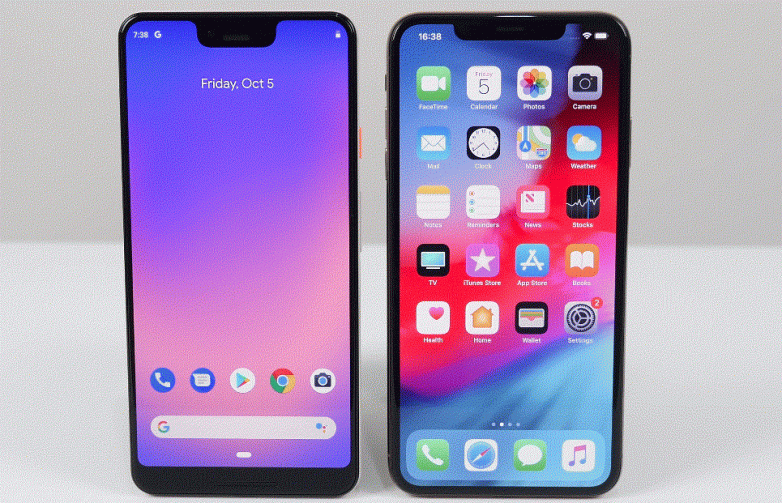

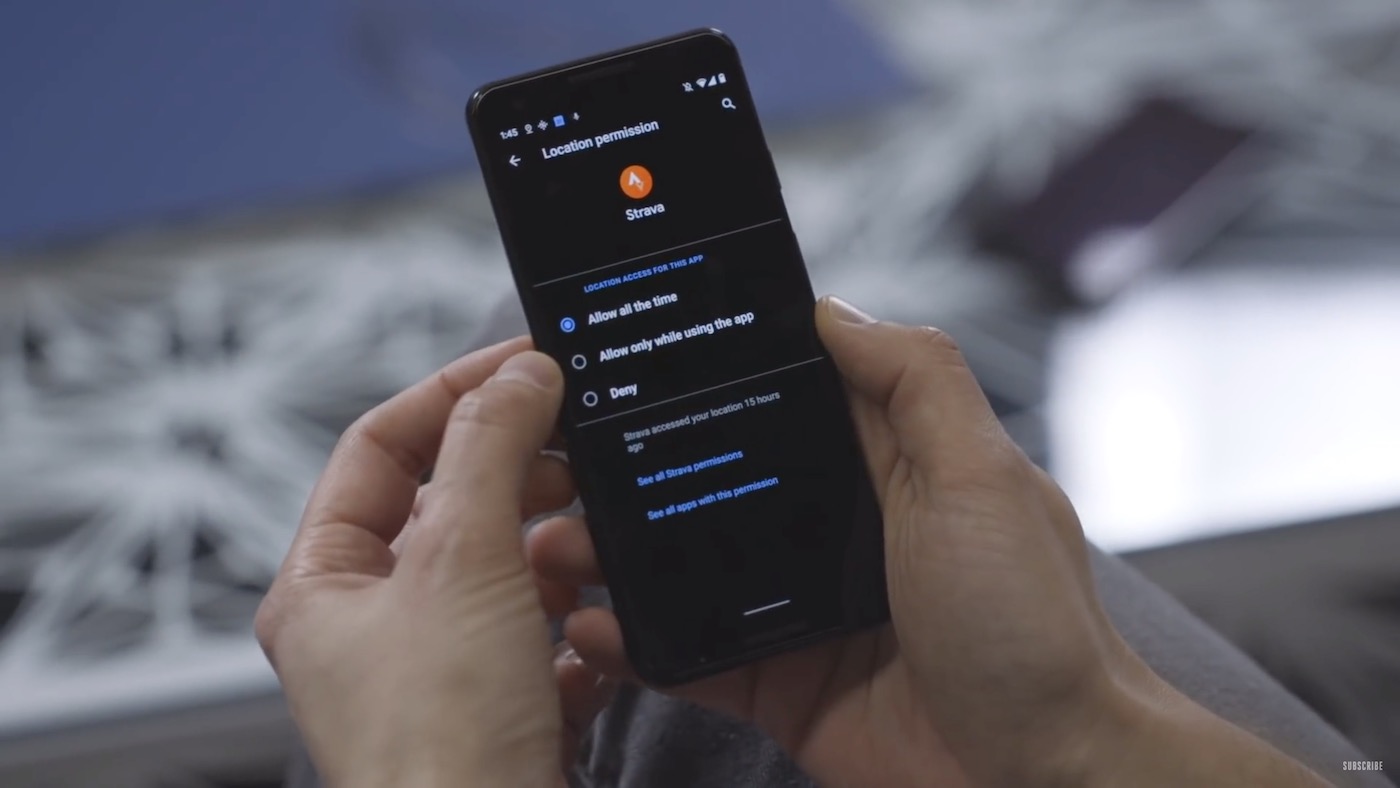

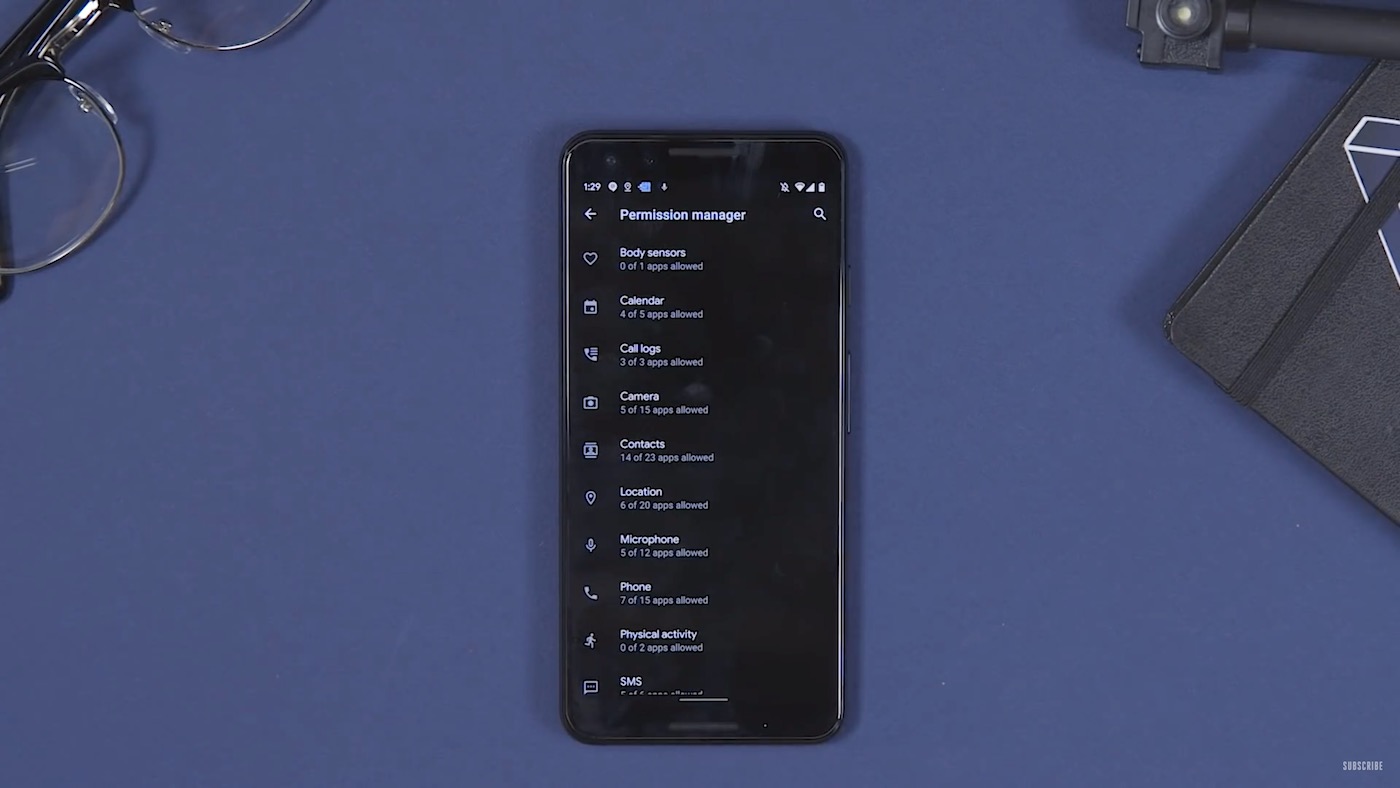
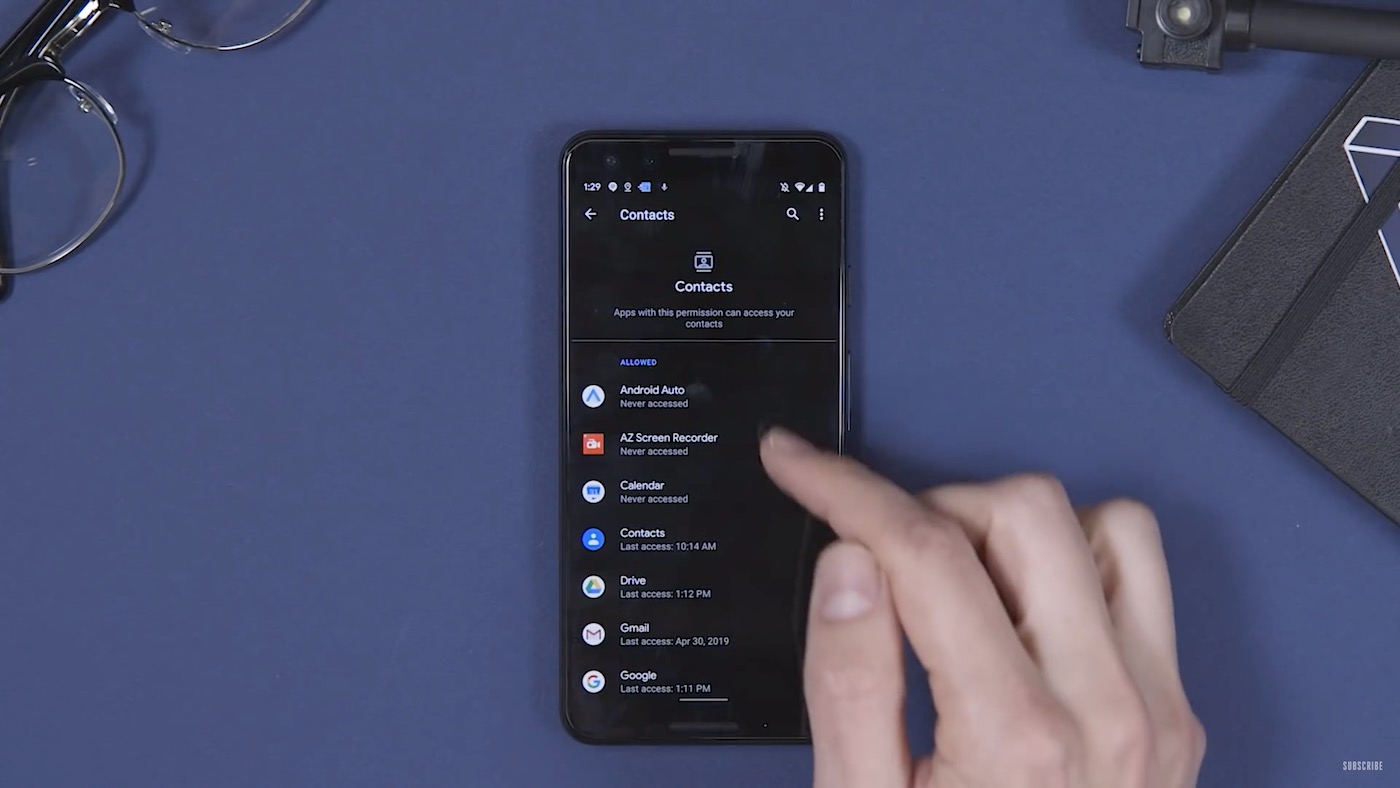
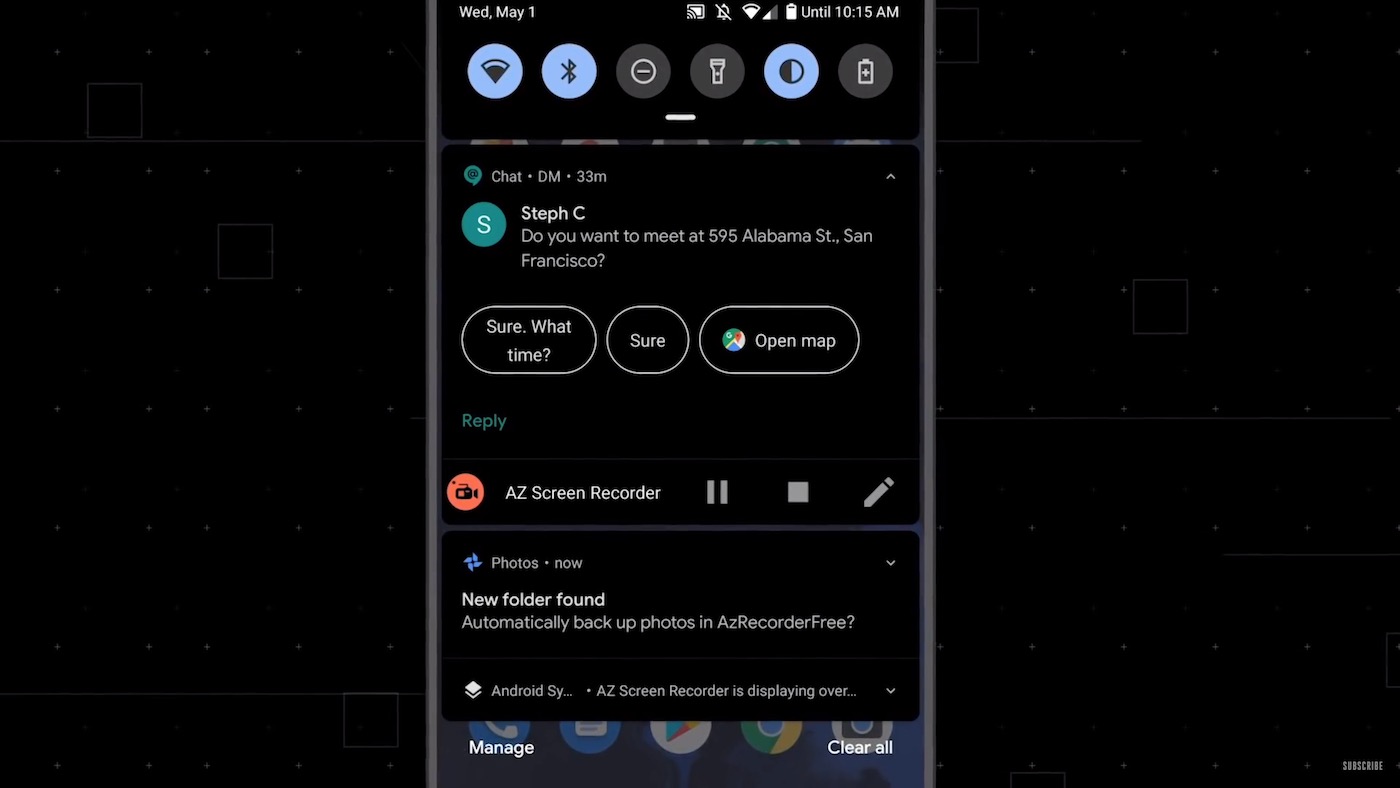

No, the equivalent of screen time is "Digital Balance", which Google also introduced last year.
Dark mode and others are presented only now because it is clear from the beta versions what Apple will present